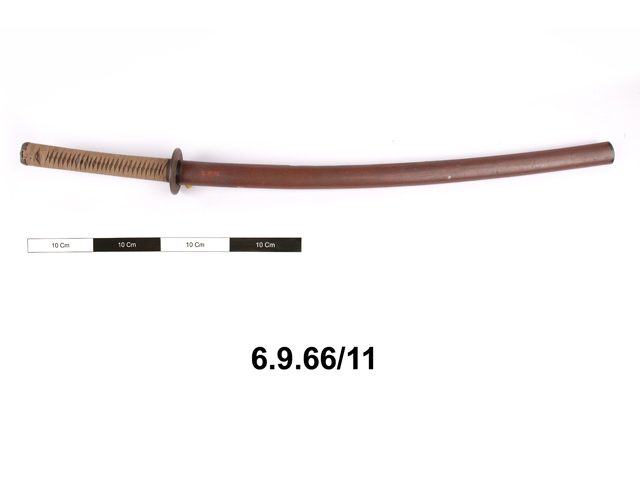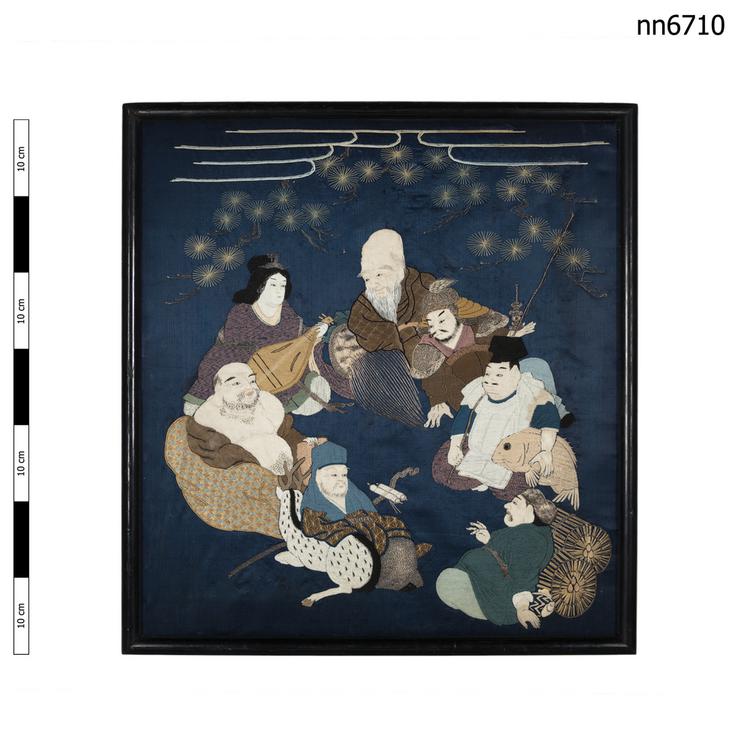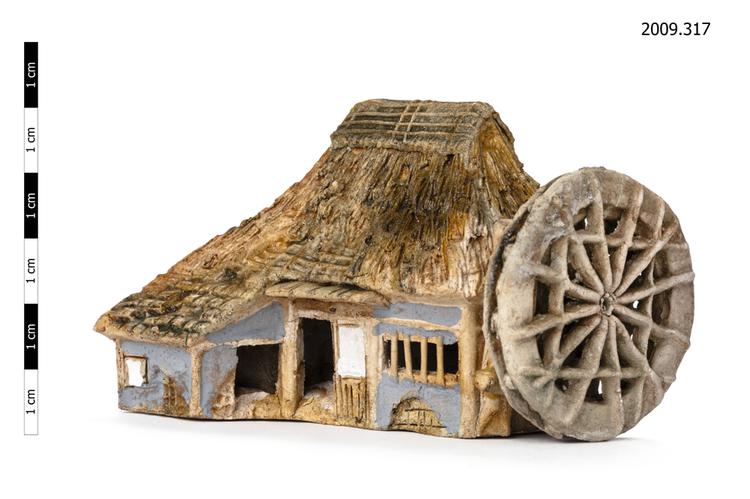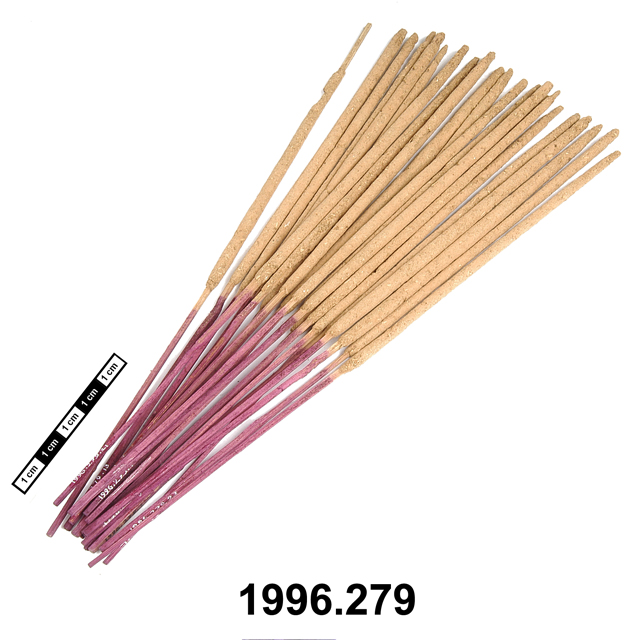A Topeng Kodok frog mask with bulging eyes and an articulated lower jaw. Hair is attached with a black textile skull cap. The face is painted green with black spotted with white.
Worn by a dancer in Balinese mask dance drama. Topeng masks are used in Balinese dance dramas to tell stories about ancestral history and the Hindu religion. They combine music, dance, mime and song.
The Topeng Kodok (frog)seems to be a more recent edition to the long list of topeng characters. It would seem to come from a dance that has been created mostly for tourists. Dances held in a village take place in a playing area called kalangan, which is always prepared by a local priest who prays and leaves offerings that remain there during the performance.
The people of Bali have many festivals and ceremonies that are dedicated to different special days in the Balinese calendar. Dance and mask drama is an incredibly important part of these traditions. Not only is it important, it is a reflection of people’s relationship with God and the world around them. While Balinese people believe in the existence of spirits, these dramas allow them to play out both their inner and outer worlds, enhanced at times by entering into trance.
Balinese children are taught techniques to use their bodies for dancing in very specific ways. The training is intense and dance teachers can command great respect in their local communities for their ability to train young dancers. After all, these students may dance in the banjar (temple) on holy days leading very central aspects of a ceremony. A dancer can be responsible for welcoming the gods into their community.
Most Balinese dancers keep their masks or headdresses in a katung. A katung appears to be just like a lot of the other bamboo and rattan woven boxes and baskets you might find in a Balinese market. However this is a special box used specifically used for keeping a Balinese dancers headdress or mask(s) in. The dancers headdress or mask is the most important part of their costume. It has to be stored and looked after in a special way. Prayers are said over the katung before a performance and holy water is sprinkled across it. Even when there are no temple ceremonies and the katung is stored away it has to be brought out, maybe once a month, for a small ceremony to be made for the object that is kept inside it. Whatever is kept inside the katung is seen to be very important and has a very specific relationship with the dancer who wears it. Therefore each dancer would normally have their own katung containing the mask or headdress of the character they play when dancing. Masks are powerful objects and are not displayed on the wall for decoration like they are in Western homes.
Balinese dance is accompanied by the gamelan. The gamelan is basically an Indonesian orchestra that consists of a series of classical Indonesian instruments. Although the technique and steps in Balinese dance are incredibly well defined, the dancer can control the way and speed they perform depending on their feeling. Therefore the musical accompaniment, the gamelan, is expected to follow the dancer, not vice versus as is more common in western dance forms.






